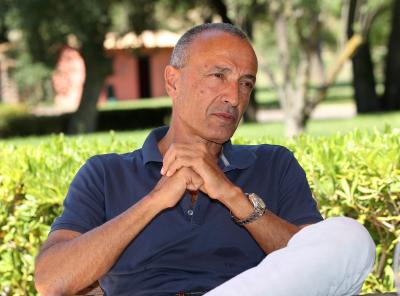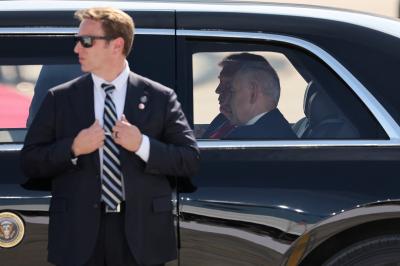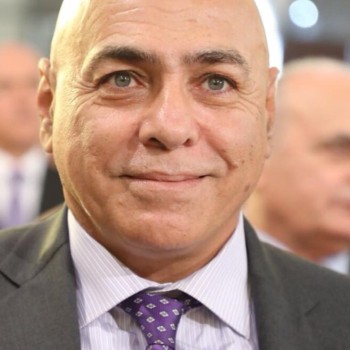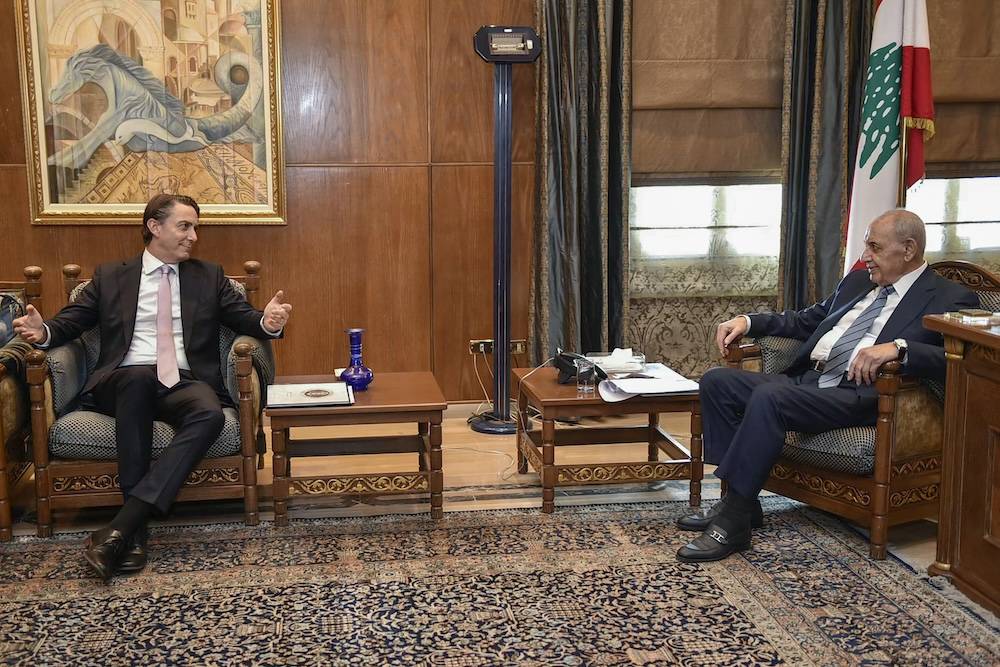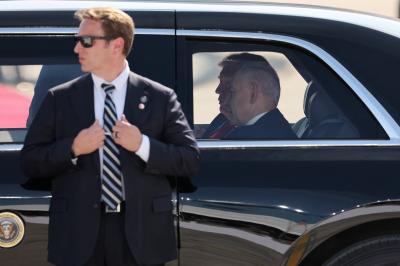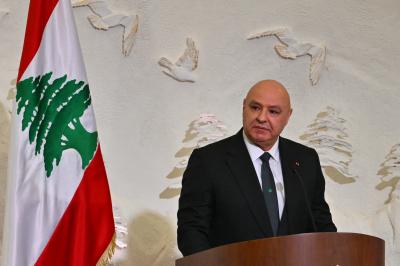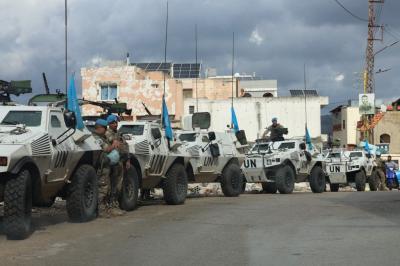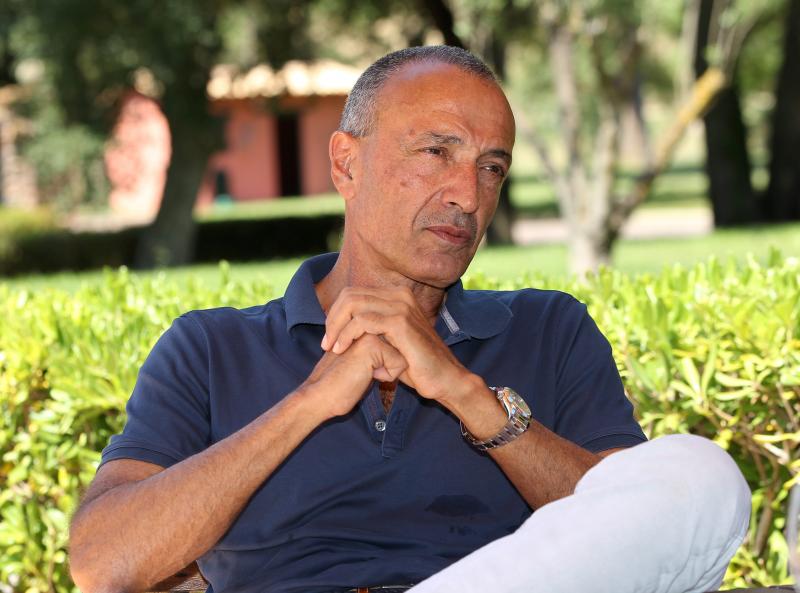Amos Hochstein visited Beirut, stating that he came to facilitate an agreement to end the clashes between Israel and Hezbollah.
This visit follows signs of openness to the U.S. initiative from Israeli Prime Minister Benjamin Netanyahu. While Hezbollah insists on linking the situation in Lebanon to that in Gaza, the agreement proposed by Hochstein focuses solely on Lebanon, with the hope that it could serve as a springboard for a later arrangement concerning Gaza, overseen by other U.S. officials.
Through this agreement, the United States seeks to ease military and political tensions in the Middle East, thus avoiding a war they do not want but could not evade if it involved defending Israel.
Regardless of criticisms about Israel’s expansionist ambitions, the Jewish state launched its offensive against Hamas in Gaza to restore its deterrence capability. As for its confrontation in Lebanon, it emerged after Hezbollah opened the southern front in support of Gaza, later reframing this intervention as a defense of Lebanon to prevent an Israeli victory.
Amid the conflict, Israel has adjusted its strategy. Netanyahu, initially hesitant to escalate operations, eventually opted for escalation. According to a report by the Jerusalem Post, Netanyahu opposed the advice of his defense minister and military chiefs, who advocated for a swift response in Gaza and Lebanon. However, he reversed his stance, disregarding U.S. pressure and distancing himself from allies within his government and military.
The same report states that Yoav Gallant, Israel’s Defense Minister who was dismissed, concealed major decisions from his U.S. counterpart, Lloyd Austin, including targeting Hassan Nasrallah, Hezbollah’s Secretary-General, even though the two officials had exchanged over 100 phone calls as part of what were previously considered strong ties.
A senior U.S. national security official revealed that the White House’s goal in pushing for a ceasefire in Lebanon and the implementation of U.N. Security Council Resolution 1701 is to protect Israel by eliminating factors that could lead to an unpredictable military confrontation with Iran. The war against Hezbollah, seen as a proxy conflict with Tehran, highlights this dynamic.
A report by Carrie Lee, Director of the National Security and Strategy Department at the U.S. Army War College, points out that recent exchanges of strikes between Iran and Israel have altered the region’s deterrence balance. Tehran, which had relied on its proxies, particularly Hezbollah, to confront Israel, now realizes this strategy might require direct involvement. Israel, for its part, understands that limited strikes on Hezbollah may not suffice, necessitating consideration of extending operations to Iran, which increases the risk of a major conflict.
The U.S. initiative, led by Hochstein, proposes a ceasefire, the withdrawal of Hezbollah fighters and Israeli forces, the deployment of the Lebanese army, and the implementation of mechanisms ensuring compliance with Resolution 1701. This approach could establish temporary stability, especially if accompanied by progress in negotiations over Gaza and the release of hostages.
Despite cautious optimism and the “calm atmospheres” reported in Washington, the transition between a departing administration and an incoming one may require time. Hochstein might need to wait to finalize a provisional agreement that satisfies Joe Biden while leaving room for President-elect Donald Trump to handle the details once in office.
Please post your comments on:
[email protected]
 Politics
Politics
